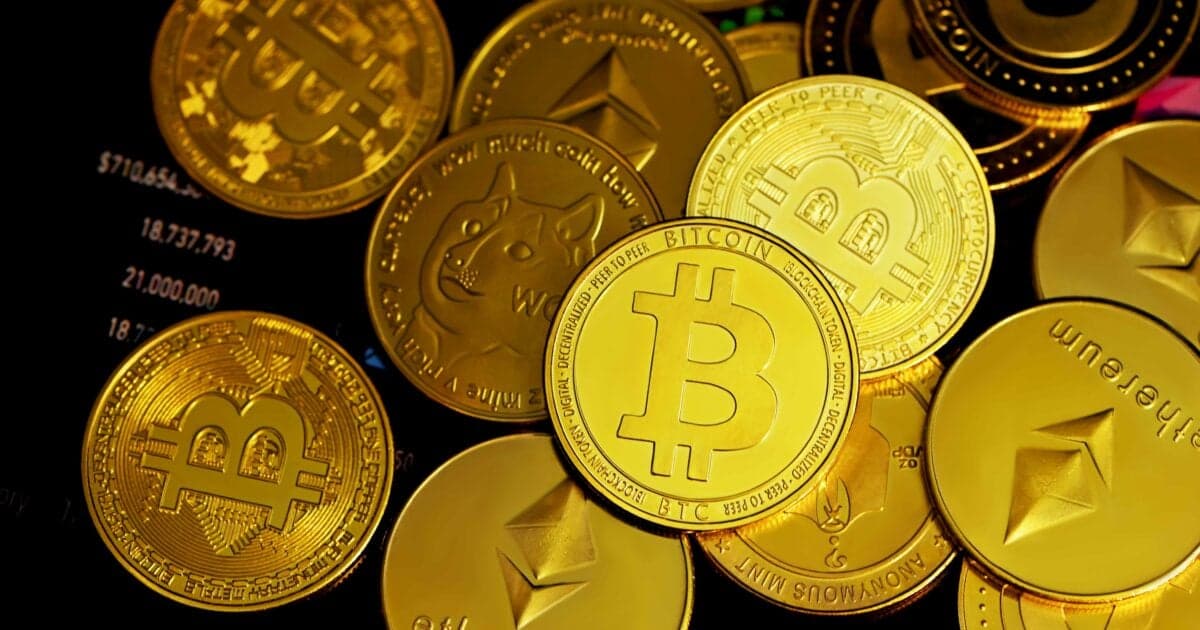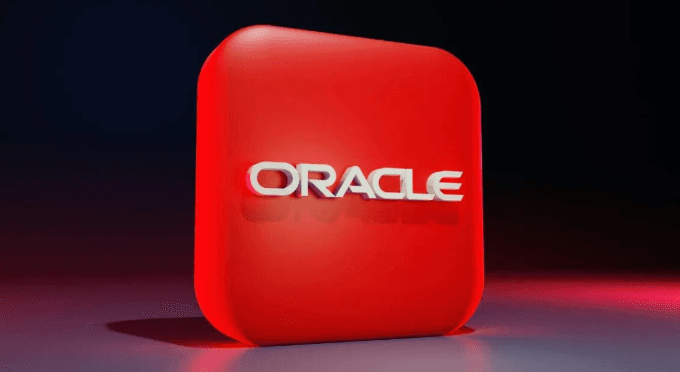The 2025 Trade War Playbook to Investing in International Stocks


When President Donald Trump ignited a global trade war earlier this year, investors started to look at the world order differently.
For decades, our global system of (mostly) free trade led the world with the consensus that more trade between two countries left both nations better off.
The U.S. has been the central cog and the biggest beneficiary of this system. We're the richest nation in the world, with affordable goods and a reserve currency, the U.S. dollar, that gives us special treatment around the globe.
But today, the U.S. is no longer seen as a reliable or friendly trade partner or the best place to park your cash.
The government's actions of the past six months have reversed nearly a hundred years of free trade... reviving the prior century's already-settled debates about the value and dangers of tariffs.
And if you care about your financial security in retirement, you must pay attention.
I spoke with MarketBeat this week about what investors should expect next... and where you can still find the biggest opportunities. Watch the video below for more and read on for our Trade War Playbook...
The Death of a Multitrillion-Dollar Tailwind for U.S. Assets
America's robust financial system has made our nation the best place for businesses to launch, innovate, and grow.
That has attracted trillions in capital to our shores – and especially so in recent years.
As recently as 2023, the U.S. received nearly $2 trillion per year in foreign capital inflows. That's a lot of money, considering our GDP is less than $30 trillion.
In addition, foreign countries own about 25% of our outstanding government bonds. That has helped drive U.S. interest rates lower...
Foreign investors also like to buy U.S. stocks.
All of this has propped up U.S. stocks and bonds – keeping our economy humming along and our interest rates relatively low.
And of course, to buy U.S. assets, foreign investors first have to exchange their own currency for U.S. dollars. That led to a strong bull run in the U.S. dollar over the past 15 years... a bull run that collapsed this year as the greenback posted its worst first-half performance since 1986.
With the changes in the world economy today, not only does the U.S. stand to lose its place at the center of that system, but it stands to lose dozens of friendly trading partners as well.
We can see it happening already...
Money Is Already Moving Out of the U.S.
Trump's tariffs will change the way the global order works. Believers think it will lead to growth over the long term. Markets, so far, disagree.
But while it will take years – if not decades – for production and trade to settle into a new equilibrium, global capital can move right now.
Today, capital is flying out America's door.
Investors are moving out of U.S. stocks. They're moving out of U.S. bonds. And they're moving out of the U.S. dollar...
Put simply, global investors don't like the U.S. anymore.
And you, too, should consider putting some money to work outside the U.S. system.
Our belief in the free market has a central truth to it: If you meddle in markets, there's always a cost.
And as capital continues to flow out of U.S. assets, U.S. stocks will trend toward a valuation similar to international stocks. That's roughly a 30% decline from here.
And while tariffs and broader trade wars will roil the fundamental prospects and valuations for American assets... they will likely boost foreign assets.
Why Investors Should Buy International Stocks Today
Everyone knows the U.S. is the biggest and best economy in the world. And it's easy to assume that U.S. stocks naturally outperform.
But look at the ratio of U.S. stocks to global stocks (as measured by the MSCI All Country World Index) over the long term.
The effect isn't as clear here, as U.S. stocks are part of the world index. But if you look closely at the ratio, you can see that there are extended periods in which foreign stocks do outperform their U.S. counterparts, as indicated by the ratio falling.
The chart below goes all the way back to the late 1980s. As you can see, from 1992 to 1995 and 2001 to 2010, foreign stocks outperformed U.S. stocks.
As the current shift away from U.S. assets continues, we expect another such period, perhaps lasting for as long as three to five years...
Add These Three International Opportunities to Your Watch List Today
Soon, investors and institutions will go from asking, "Why would I hold anything but the dollar?"... to saying, "Yes, I want some dollars and I want euros" – and so on.
That alone is enough to really juice foreign stocks. So here are three of my favorite ways for U.S. investors to go international.
Opportunity No. 1: Cambria Foreign Shareholder Yield Fund (FYLD)
Shareholder yield is an important concept in markets. Basically, there are three ways that companies can return capital to shareholders.
- The obvious first method is via dividend payments.
- Repurchasing shares also creates value for equity holders by making each remaining share more valuable.
- And finally, paying down debt is a way of returning capital to shareholders.
Shareholder yield is simply adding all those things up.
So if a company pays a 2% dividend and buys back 3% of shares each year, it would have a shareholder yield of 5%. And it turns out, buying stocks with high shareholder yields is a great way to select quality, long-term investments.
Our friend Meb Faber of Cambria Investment Management has written an entire book on this called Shareholder Yield: A Better Approach to Dividend Investing. It's well worth reading.
And the Cambria Foreign Shareholder Yield Fund (FYLD) applies that quantitative strategy, holding the 100 best-yielding foreign stocks. It owns companies like French telecom company Orange, British American Tobacco, and the Bank of Ireland. It also owns Canadian utility companies and holds a lot of other companies in Japan, Canada, the U.K., and France...
This isn't an emerging-market play. It's sorting for high-quality companies in developed nations for diversification. And maybe the best thing for U.S. investors is that you don't have to worry about exchanges or different currencies by buying these companies individually via foreign markets.
FYLD is up nearly 20% year to date, as this international shift is already happening, and looking ahead, it pays a 6% forward yield with low expenses.
Opportunity No. 2: BP (BP)
BP (BP) – formerly British Petroleum – is a household name.
It's a monster of an energy company... selling oil all over the world. And roughly half its production and more than 65% of its revenue come from outside the U.S.
So with BP, you're getting outside the dollar a bit with some international exposure, but it's not too drastic.
In addition, BP is a commodity producer. And commodities are a hedge against a falling currency. The price of Brent crude is around $70 today. As the dollar declines, it takes more dollars to buy a barrel of oil, so oil prices go up.
So with BP, we get protection against a falling dollar both with international revenues and as a commodity play.
Now, BP's valuation is about 30% below that of direct competitor Shell (SHLL).
And what's happened is that BP went green. From 2020 to early this year, the company revamped its business to invest in wind and solar.
Now, you may like wind and solar. I certainly do... But for BP, that meant it was specifically and deliberately undertaking projects with lower returns on capital.
But now the company has a new CEO, and an activist investor is reshaping the board. So in February, BP announced it's refocusing on oil and gas, redirecting its capital expenditures, and selling off some businesses.
The U.S.-listed shares of BP trade around $32 today. Given some time, I see them getting to $50... and if BP can get a better valuation multiple that's similar to its peers, then shares could get to $80.
Opportunity No. 3: ASML (ASML)
Dutch chipmaking equipment giant ASML (ASML) is an international artificial-intelligence ("AI") play... and obviously AI is hot right now. But AI stocks are also generally expensive.
If you're interested in an "outside the dollar" AI opportunity, then ASML should be on your list. Today, if you want to produce the best chips... you can only do so with ASML's technology.
Now, ASML doesn't make chips directly. It produces the machines necessary for making chips.
As you can imagine, this is probably one of the most difficult technical challenges in the world. These systems cost hundreds of millions of dollars.
Let's clarify the supply chain here... AI giant Nvidia (NVDA) designs chips. Companies like Taiwan Semiconductor Manufacturing (TSM) create those chips. And ASML sells those companies the machines to build the chips.
ASML is based in the Netherlands. And while there is a push to manufacture more chips in the U.S., about 80% of ASML's sales come from outside the U.S. – mostly China, Taiwan, and South Korea.
But if we need more chips, we're going to need more ASML equipment. ASML has a few competitors like LAM Research (LRCX) and KLA (KLAC), but it's a very tight market.
ASML's profit margins are around 30%. ASML should grow revenue by double digits this year. It currently trades around 26 times earnings, which is right around where the broader S&P 500 Index trades, despite the fact that it's an AI play.
Get More From Me and My Team at Stansberry Research
There's a simple way to make sure you can quickly catch up on the biggest trends in the market...
Each week, I break down the biggest trends in the market, share what our experts are reading and thinking about, and give you a sneak peek at our latest investment recommendations.
In recent weeks, we've detailed everything from...
- Why a handwritten note from President Trump to Federal Reserve Chair Jerome Powell sent the market soaring.
- The reasons behind today's bitcoin and crypto "infinite money" public-market hacks... and why this should remind you of the dot-com days.
- How to make money in a time of global crisis. History is clear: When other investors panic and sell during times of war, you should buy.
- And far more...
Go to StansberryDigest.com to gain an instant edge over Wall Street.





